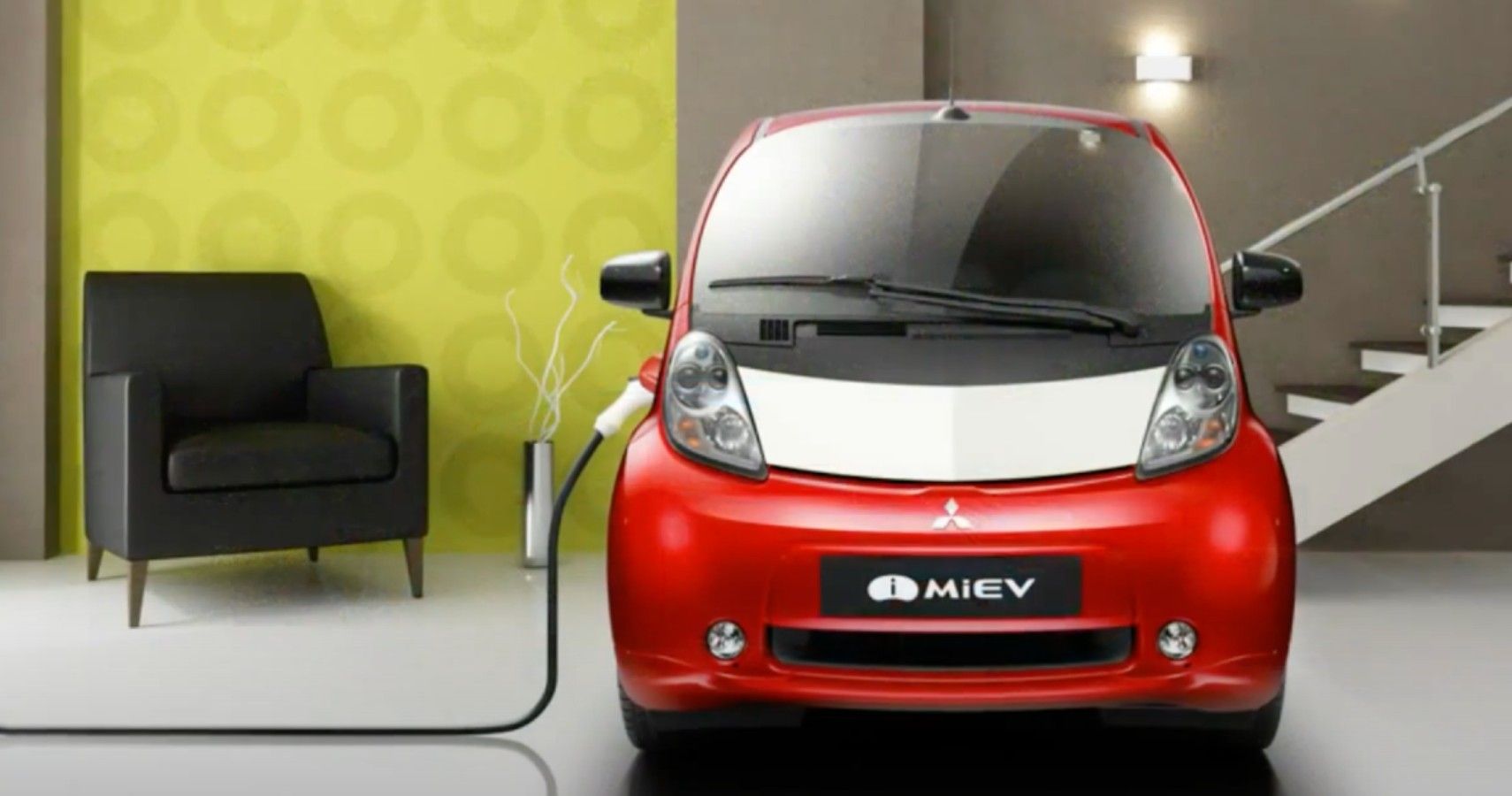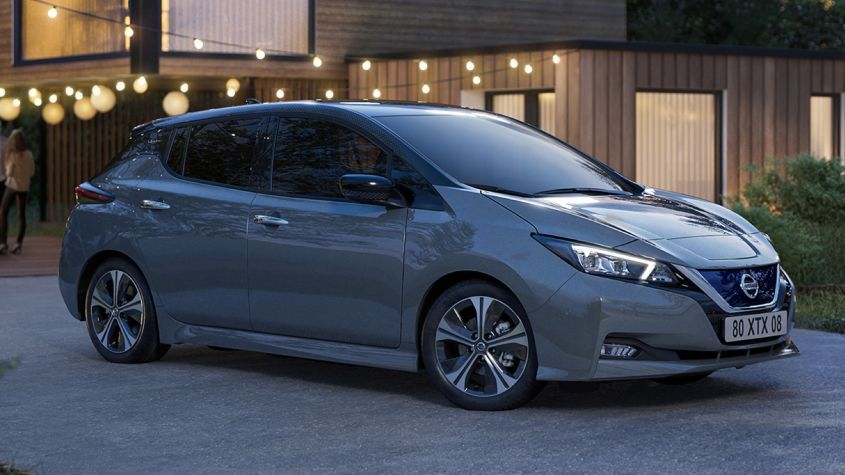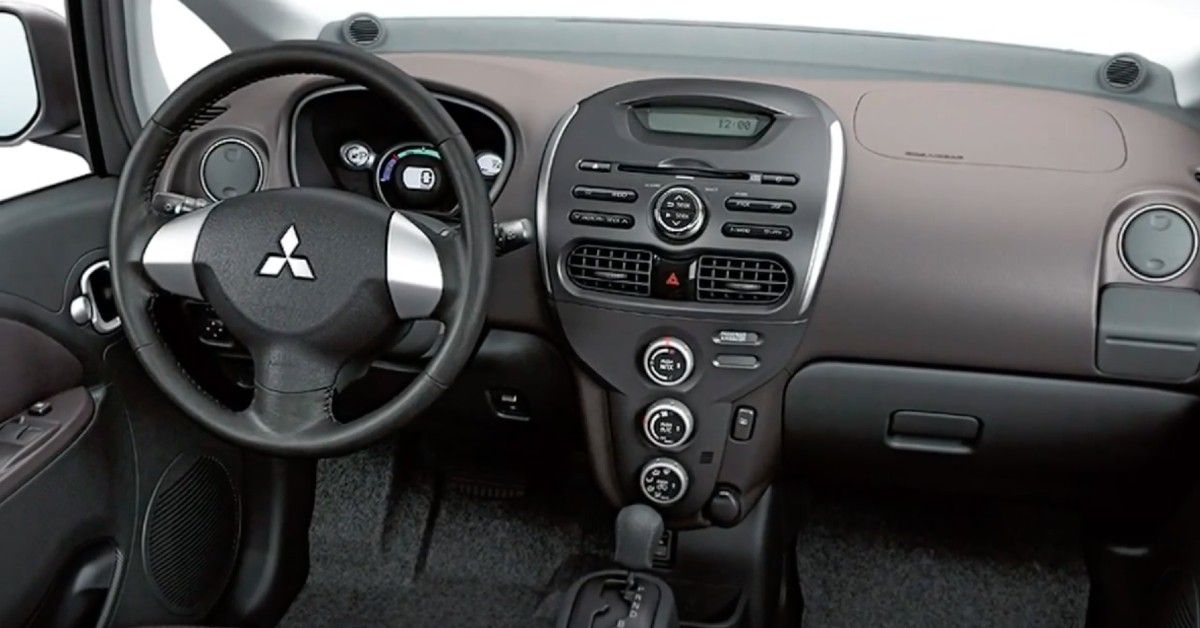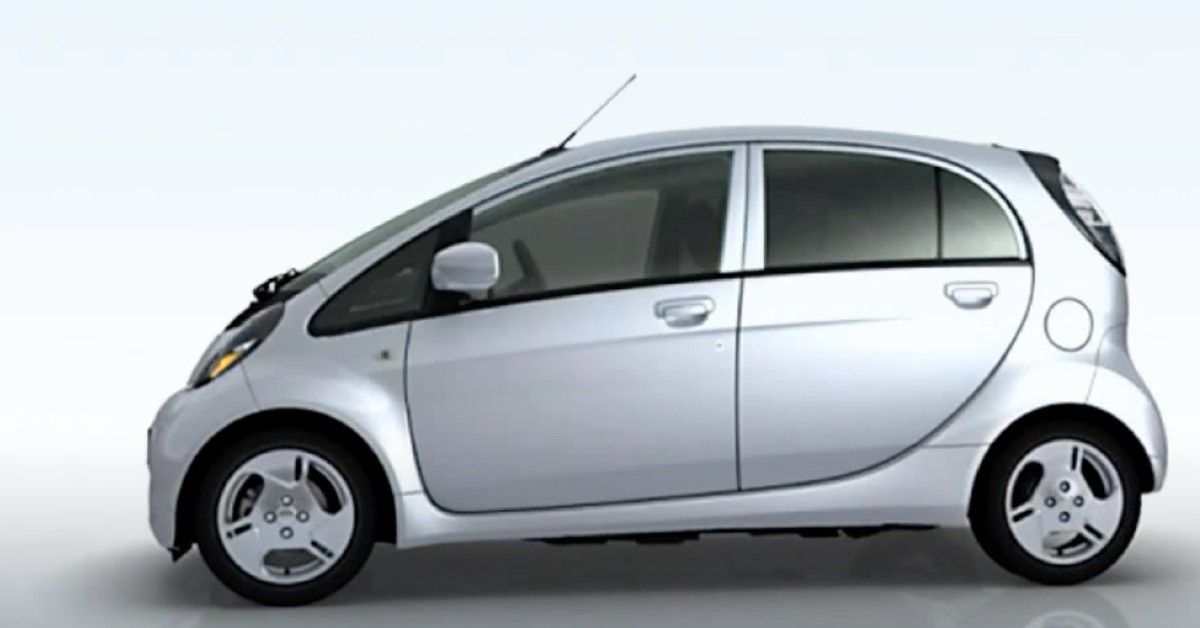The 2015 Mitsubishi i-MiEV is nimble around town, can carry four adults, and has one of the lowest price tags for an electric car. Unfortunately, most vehicles that are usually cheap have many flaws.
In the early 2010s, electric vehicles and charging stations became common in city centers. Automotive companies like Tesla and Nissan led the EV market with impressive cars like the Tesla Model S and the Nissan Leaf. The two companies left a considerable mark in the automotive world, and car manufacturers had to find ways to rival them. Some auto manufacturers like Toyota and BMW made EVs that could rival the two, while others came out with EVs that flopped.
Mitsubishi was one of the companies that couldn't keep up with Tesla. They introduced the i-MiEV in 2009, and it wasn't the best-looking car. However, the company designed it to offer the driver and passengers as much space as possible. The car was small and affordable, but had many issues.
The i-MiEV had a seven-year run, and most of its models were decent. However, the 2015 model had the most flaws and was one of the reasons why the company shut down the i-MiEV's production in 2018.
Although the 2015 Mitsubishi i-MiEV met some requirements for an electric vehicle, small in size and easy maneuverability in traffic and tight parking spots, it had significant flaws that made it less of a bargain and more of an expense.
Let's find out why you should avoid the 2015 Mitsubishi i-MiEV.
Rival Vehicles Offer Better Performance Specs
A 49-kilowatt electric motor powers the i-MiEV and produces 66 horsepower and 145 lb-ft of torque. The car has three driving modes: D for full power, Eco for conserving energy, and B, which increases regenerative braking but maximizes power.
According to Mitsubishi, the i-MiEV can go from 0-60 mph in 14.7 seconds, which is very slow even for a small electric vehicle. Rivals like the 2015 Nissan Leaf can accelerate from 0 to 60 mph in 9.9 seconds. Furthermore, the Leaf has an 80-kilowatt electric motor that produces 107 horsepower and 187 lb-ft of torque.
The i-MiEV's biggest issue is its driving range and charging. It has an estimated range of 62 miles per charge, while other small electric vehicles have a longer span of about 75-85 miles. In addition to its short range, the car takes a long time to recharge — even if you use a 240-volt charging station, it will still take 7 to 8 hours to fully charge.
The Leaf can reach a top speed of 90 mph, which allows the i-MiEV to keep up on the highway, but the car is better suited for city motoring. Competitors like the 2015 Chevrolet Spark EV are fast enough to rival some SUVs.
The i-MiEV's Interior Is Less Than Average
Many cars (including electric vehicles) always try to make their clients comfortable by offering luxurious and spacious interiors, but the 2015 i-MiEV isn't one of them. The cabin doesn't have cutting-edge style and technology — it has hard plastic all around. The dash and controls are plain, reminding you that the i-MiEV is a bargain-priced subcompact. The only good technology the car offers is a remote system that allows you to activate the car's climate control and charging timer.
The Mitsubishi i-MiEV's body provides plenty of headroom, but taller passengers might not have enough legroom due to the uncomfortable driving position and limited seat-track movement. The back seat's lack of legroom is another problem, and the seats are flat and lack support.
The car has a smaller trunk than most competitors, with only 13.2 cubic feet, but there is still enough storage for standard-sized luggage or a set of golf equipment. With the back seats folded, the cargo space increases to 50.4 cubic feet.
Why Mitsubishi Stopped Producing The i-MiEV
Overall, the i-MiEV was a decent vehicle, some models had issues, especially from 2010-2015, but the 2016 and 2017 models were good. The reason Mitsubishi stopped the i-MiEV's production was that the car had poor sales.
When the car debuted in 2009, the initial sales were to reach around 1,400, but the demand for the car was much higher because it was affordable. However, there was a limit on the lithium-ion batteries that powered the vehicle, which caused the battery prices to increase, making the i-MiEV expensive. Therefore, production values dropped due to a limited budget, and the interest in the i-MiEV went down.
From its native Japan to the United Kingdom, America, Italy, Chile, and many other nations, the i-MiEV was a well-liked automobile. However, because of the rising battery price, manufacturing had to stop. Furthermore, the EV market is growing more by the day, with car manufacturers developing better electric vehicles.
It's sad that the i-MiEV's production stopped just as it was starting to establish itself as a stylish and distinctive electric vehicle.




